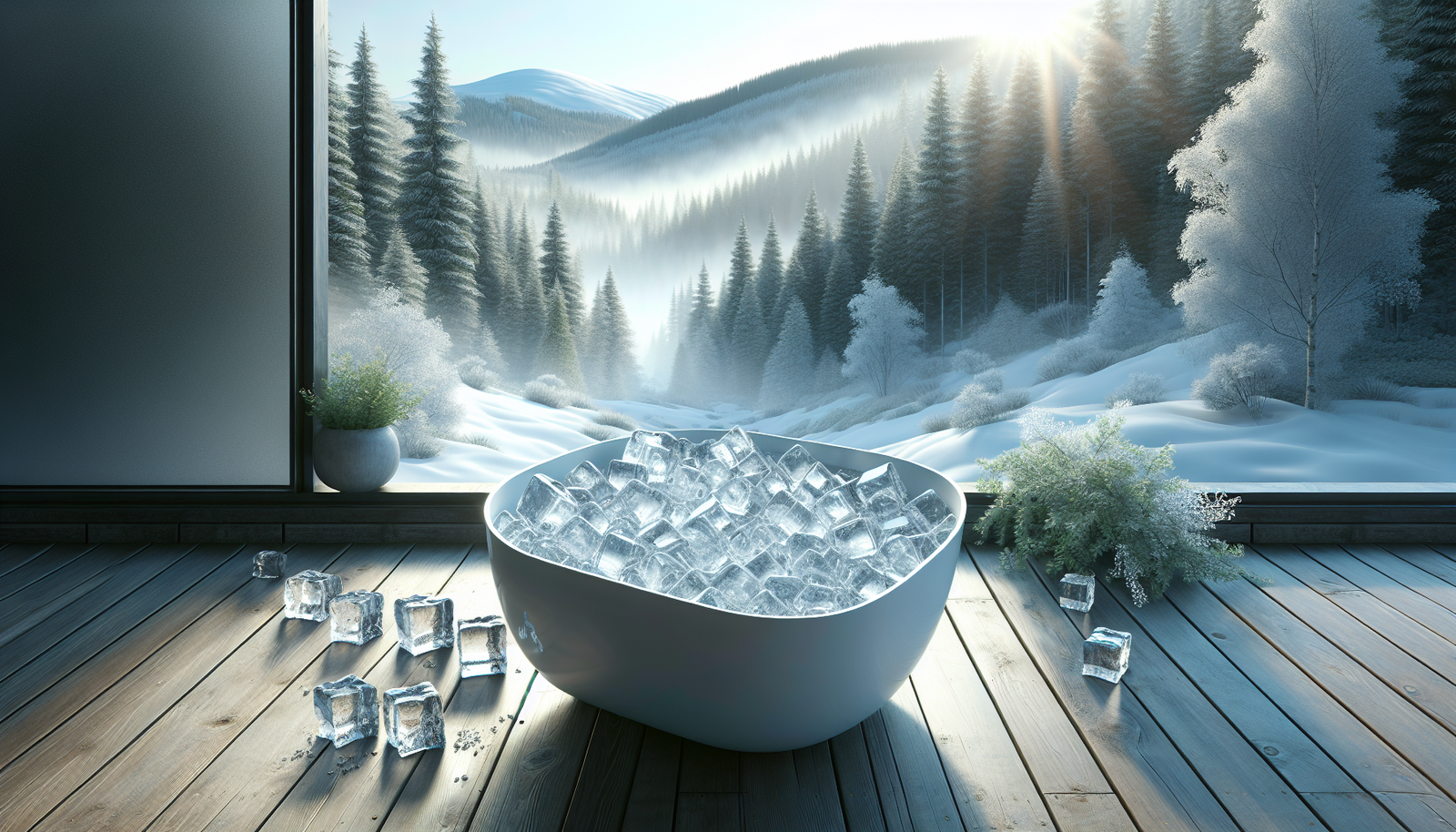Have you ever considered the impact of cold exposure on your body, particularly regarding inflammation? It’s fascinating how something as simple as a cold plunge can influence your health at a cellular level. Let’s take a closer look at the relationship between cold plunges and inflammatory cytokines, the tiny signaling proteins that play a significant role in inflammation.
Understanding Inflammatory Cytokines
Inflammatory cytokines are essentially messengers in your body that help regulate immune responses. When your body faces stress, injury, or infection, these proteins are released. This signals the immune system to kick into gear and fight off whatever’s causing the problem. However, too many inflammatory cytokines can lead to chronic inflammation, which is linked to various health issues, including heart disease, diabetes, and even depression.
The Role of Cytokines in Inflammation
Cytokines can be categorized into pro-inflammatory and anti-inflammatory types. Pro-inflammatory cytokines, like TNF-alpha and IL-6, promote inflammation, while anti-inflammatory cytokines, such as IL-10, help to shut it down. Balancing the levels of these cytokines is key to maintaining good health.
When your body is in a state of chronic inflammation, it’s like a car engine that’s always revving high—it’s working too hard for too long, leading to wear and tear. Cold therapy might serve as the brakes, potentially helping to reduce this inflammation.
Cold Plunges: What Are They?
Cold plunges, or exposure to cold water for a brief period, have gained popularity for their health benefits. This practice can range from ice baths to quick dips in cold lakes or oceans. The idea is to immerse yourself in cold water for a limited time, which can trigger various physiological responses in your body.
The Physiological Response to Cold
When you first step into cold water, your body goes through several immediate changes. Your heart rate increases, your blood vessels constrict, and your breathing becomes more rapid. This response, known as the cold shock response, is your body’s natural way of protecting itself from the cold.
In the long term, regular exposure might help improve your body’s resilience to stress. It’s like training your body to handle discomfort, sort of like lifting weights for your willpower.

The Connection Between Cold Plunges and Cytokines
Now you’re probably wondering how all this relates to inflammatory cytokines. Recent studies have suggested that cold exposure can influence cytokine activity, potentially reducing levels of pro-inflammatory cytokines in the body. This effect may lead to less inflammation and improved recovery after physical exertion.
Scientific Studies and Findings
Several pieces of research have been conducted on how cold exposure affects inflammatory cytokines. Here’s a quick breakdown of some key findings to keep things clear:
| Study | Key Finding |
|---|---|
| Study 1: Cold Water Immersion | Cold water immersion significantly reduced IL-6 levels post-exercise. |
| Study 2: Whole Body Cold Exposure | Showed a decrease in TNF-alpha and IL-1 beta during recovery. |
| Study 3: Acute Cold Exposure | Inflammation markers decreased after repeated cold water exposure. |
These studies indicate that frequent cold plunges may help regulate inflammation within your body, leading to a healthier immune response.
The Mechanism Behind Cold Plunges and Inflammation
Have you ever wondered why cold exposure might reduce inflammation? Here’s how it works:
Vasoconstriction and Recovery
When exposed to cold, your blood vessels constrict, which reduces blood flow to the area. This temporary reduction can help limit inflammation and swelling. Then, once you warm up, blood flow increases again, flushing out metabolic waste products and bringing in nutrients that aid in recovery.
Hormonal Responses
Cold exposure can trigger the release of hormones like norepinephrine, which may enhance your body’s anti-inflammatory response. This hormone also plays a role in regulating mood and focus. Thus, the benefits may extend beyond just physical recovery.
Autonomic Nervous System Activation
The cold plunge engages your autonomic nervous system, which controls your body’s involuntary functions. Cold exposure can shift your nervous system from a sympathetic state (your fight-or-flight mode) to a more balanced state. This can help modulate cytokine release, reducing inflammation and promoting overall well-being.

The Potential Benefits of Cold Plunges
If you’re contemplating adding cold plunges to your routine, consider these potential benefits:
Reduced Muscle Soreness and Inflammation
Athletes have long used ice baths to manage soreness and shorten recovery times. Cold plunges might help minimize delayed onset muscle soreness (DOMS) by reducing inflammatory cytokines that contribute to muscle pain and swelling.
Enhanced Recovery After Exercise
Beyond just muscle soreness, regular cold exposure can help speed up recovery times. If you’ve been pushing yourself in workouts or sports, cold plunges could serve as a tool to bounce back faster.
Mental Resilience and Stress Relief
The immediate shock of cold water can trigger a rush of endorphins, potentially improving mood and mental clarity. It might even train your mind to handle stress better. Remember, training your body involves training your mind as well.
How to Incorporate Cold Plunges Into Your Routine
Getting started with cold plunges doesn’t have to be daunting. Here are some tips to help you incorporate this practice safely and effectively:
Start Gradually
If you’re new to cold plunges, it’s essential to ease into it. Try starting with a cold shower for a few minutes. Once you’re comfortable, gradually lengthen the time or try submerging in cold water.
Timing is Key
Consider using cold plunges after workouts to help speed up recovery. Your muscles will benefit the most from the anti-inflammatory effects, allowing you to maintain a consistent workout routine.
Listen to Your Body
Pay attention to how your body feels during and after a cold plunge. If it feels too uncomfortable or if you’re experiencing adverse effects, it’s okay to modify the practice or take a break. Self-care is all about listening to your needs.

Considerations and Precautions
While cold plunges can be beneficial, they aren’t for everyone. Here are some considerations to keep in mind:
Cardiovascular Concerns
Individuals with cardiovascular issues or hypertension should consult a healthcare professional before undertaking cold exposure. Sudden immersion in cold water can put a strain on your heart.
Hypothermia Risk
Be cautious about how long you stay in the cold water. Prolonged exposure can lead to hypothermia, which can be life-threatening. Always have a plan for warming up afterward.
Conclusion
Cold plunges have become more than just a trend; they offer potential benefits related to inflammation regulation through their effects on cytokines. By incorporating cold exposure into your routine, you might find a renewed sense of energy, a boost in recovery speed, and a mental edge.
So, why not give it a try? You might be surprised by how something so cold could lead to such warm results for your health. Remember, it’s about finding what works for you and prioritizing your well-being along the way.


